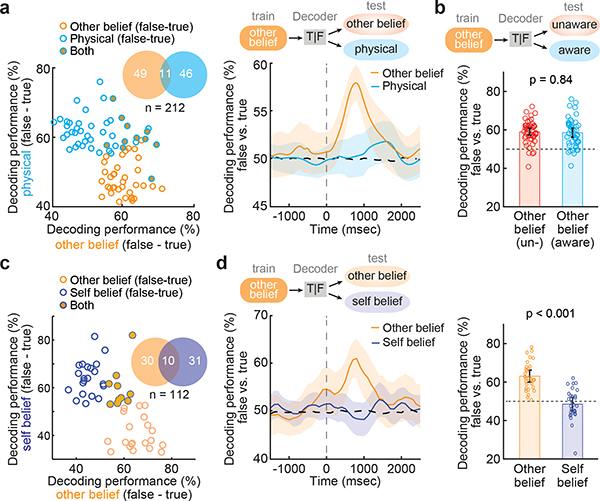Figure 3. |. Neuronal responses to self vs. others’ beliefs and perspective.
a, The scatter plot illustrates decoding accuracies for each cell comparing false vs. true other-belief and false vs. true physical trials. The lack of significant overlap indicates that most other-belief encoding neurons encoded no information about the physical state of reality (one-sided permutation test, p = 0.36). On the right, decoding performances (mean with 95% CL, orange) for these neurons (n = 49) dropped to chance level when the same neurons were used to decode true- vs. false-physical trials (blue). b, Similar decoding performances (mean with 95% CL) were observed across all false vs. true other-belief neurons (n = 49) under situations in which the social agent was aware or unaware of events (two-sided paired t-test, p = 0.84, see Extended Data Fig. 6) suggesting that they reliably tracked the other’s perspective c, The scatter plot illustrates decoding accuracies for each cell comparing false vs. true beliefs for self or other. The lack of significant overlap indicates that most other-belief encoding neurons encoded no information about the participant’s own imagined beliefs (one-sided permutation test, p = 0.14). d, The time course (left) and the corresponding individual neuronal (right) decoding performances (mean with 95% CL) are shown for neurons (n = 30) that predicted whether the other’s beliefs were true vs. false (orange) as well as when the same neurons were used to decode true vs. false self-belief trials (purple).

